-

What are the advantages of building seismic isolation products
2024-12-24Building seismic isolation products have many significant advantages, which greatly improve the safety, comfort, and durability of buildings 1. Enhance seismic safety Isolation of earthquake energy: Isolation products such as isolation rubber bearings, friction pendulum isolation bearings, etc., have the core function of isolating and consuming strong earthquake energy transmitted from the
-
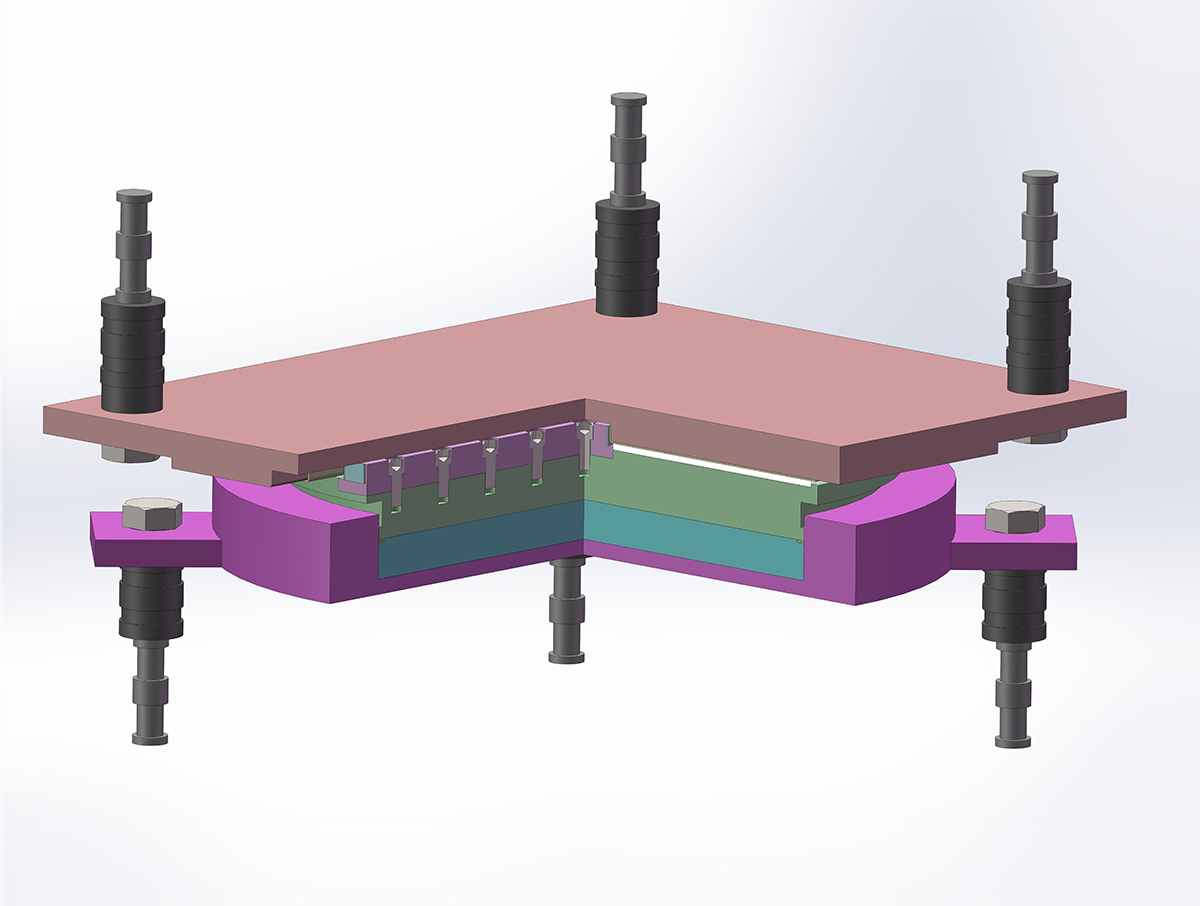
What is the function of a bowl shaped support
2024-12-18Basin type support is a widely used support device in engineering structures such as bridges and buildings, mainly serving the following functions: 1. Carrying vertical loads Transmitting the weight of the upper structure: Basin bearings can transfer all vertical loads (including dead and live loads) from the upper structure of a bridge or building (such as bridge decks, floors, etc.) to th
-
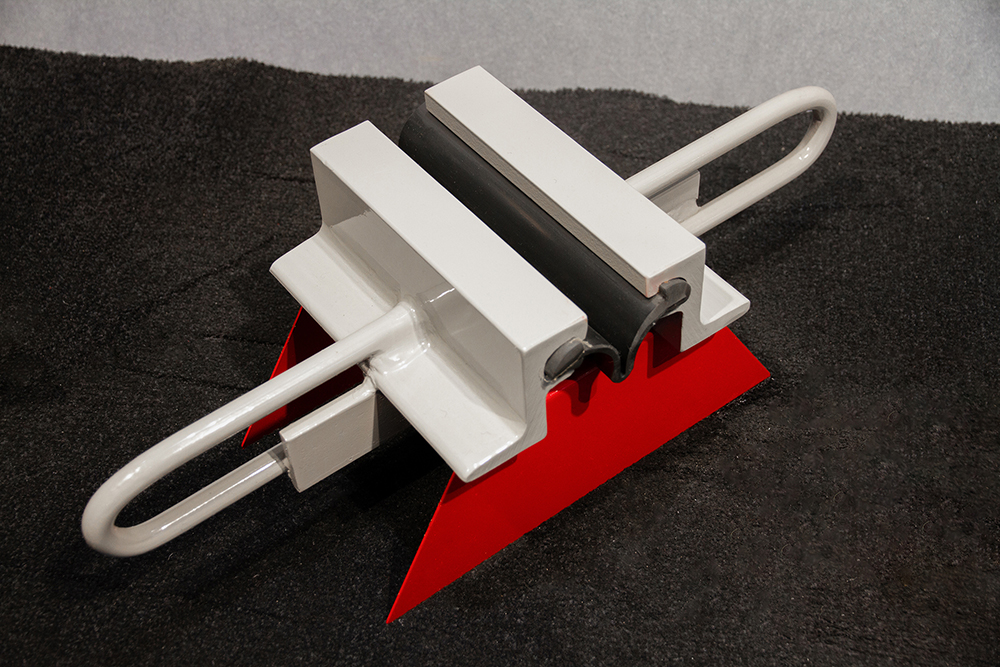
What is the function of modular single seam expansion device
2024-12-11Modular single joint expansion device is mainly used at the expansion joints of large buildings such as bridges, and its functions are mainly reflected in the following aspects: 1、 Adapt to structural expansion and deformation 1.Compensate for the expansion and contraction of the bridge Bridges will experience expansion and contraction during temperature changes. For example, in the hot
-

What are the characteristics of friction pendulum ball bearings for highway bridges
2024-12-04Friction pendulum ball bearings for highway bridges have the following characteristics: 1.Superior mechanical performance Strong bearing capacity: able to withstand large vertical loads, its vertical planning bearing capacity usually has multiple levels to choose from, ranging from hundreds to thousands of tons, which can meet the bearing needs of highway bridges of different scales. For ex
-

What is a friction pendulum ball bearing for highway bridges
2024-11-271. Definition Friction pendulum ball bearings for highway bridges are a type of bearing device used for highway bridges. It mainly consists of upper support plate, lower support plate, ball crown liner plate, PTFE sliding plate, stainless steel sliding plate and other components. The spherical contact between the crown liner plate and the upper support plate forms a spherical rotation mech
-
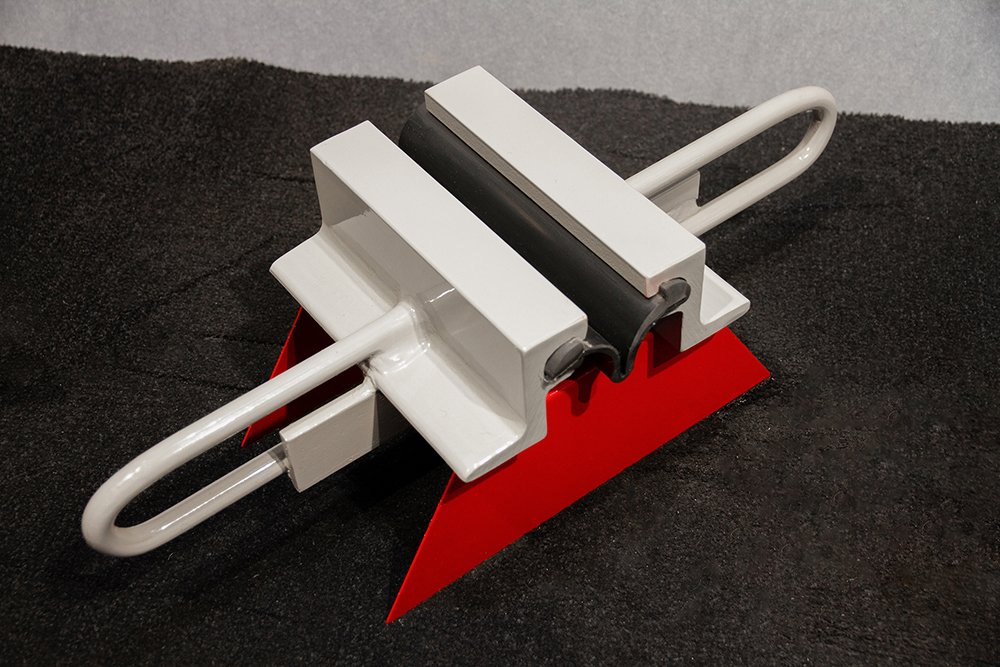
What are the advantages of modular single seam expansion device
2024-11-20The modular single seam expansion device has the following advantages: Adapt to large expansion and contraction: Its structural design enables it to meet the demand for large expansion and contraction. It is generally composed of side beams, middle beams, crossbeams, displacement control systems, sealing rubber bands, and other components. By reasonably increasing the number of middle beam
-
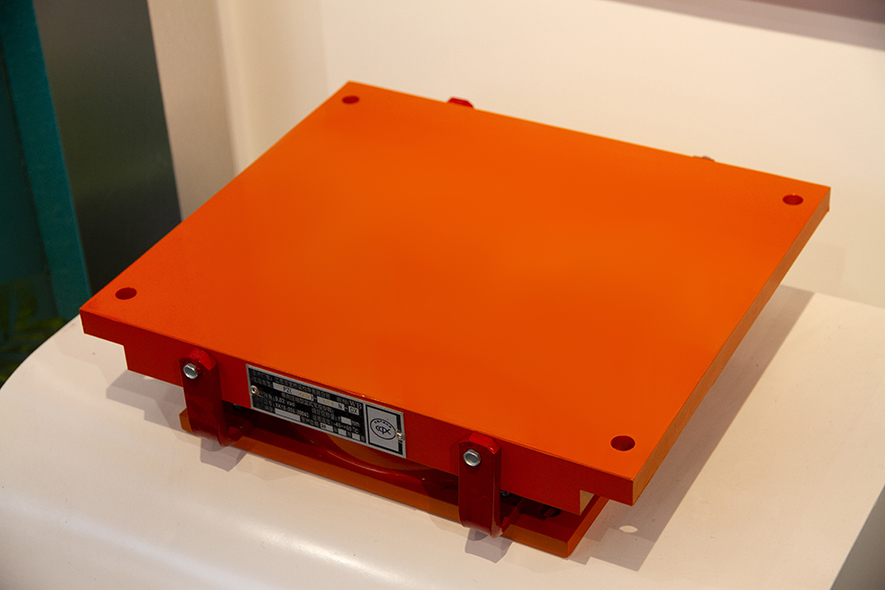
What are the advantages of pot type rubber bearings for highway bridges
2024-11-13The pot type rubber bearings for highway bridges have the following advantages: 1.Large carrying capacity: Structural design support: The pot type rubber bearing adopts a structure composed of steel components and rubber, and the steel pelvic cavity provides a strong support frame that can withstand the huge vertical loads transmitted by the upper structure of the bridge. Compared with othe
-
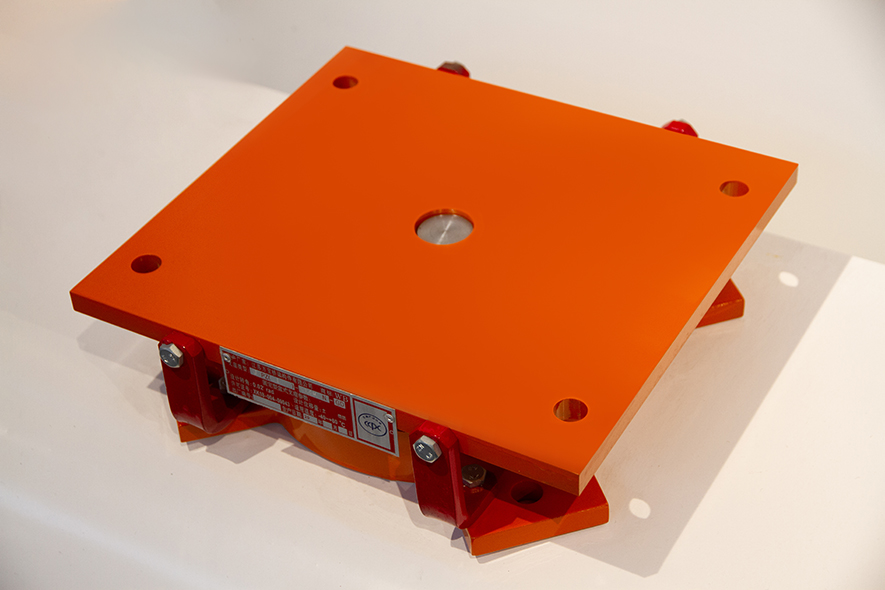
What are the characteristics of pot type rubber bearings for highway bridges
2024-11-06The pot type rubber bearings for highway bridges have the following characteristics: 1.Large carrying capacity: The structural design of pot type rubber bearings enables them to withstand large vertical loads and meet the bearing requirements of large highway bridges. Through the synergistic effect of steel bottom basin and internal rubber blocks, the load transmitted from the upper struct


 Home
Home
 Product
Product
 Wechat
Wechat
 Telephone
Telephone